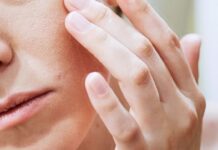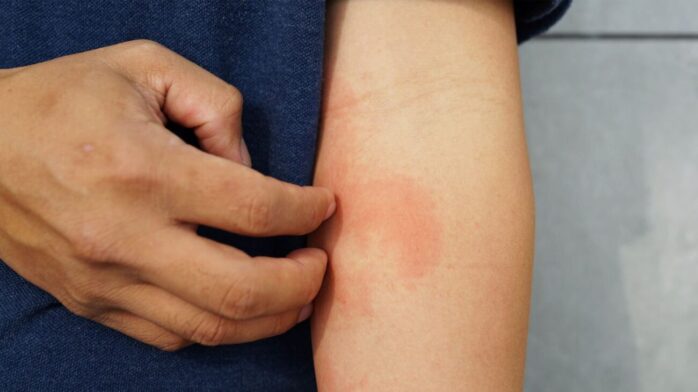
Eczema, a term encompassing a spectrum of skin conditions, affects countless individuals worldwide, regardless of age, ethnicity, or gender. For those grappling with this condition, the journey to find an effective treatment often feels akin to navigating an intricate maze. This blog seeks to be a torchlight for that journey, illuminating the complexities and offering valuable insights into eczema treatment.
Understanding Eczema
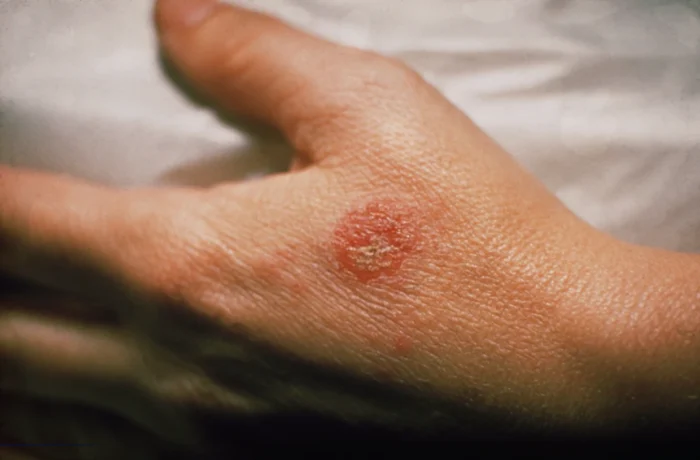
Eczema isn’t just a singular entity; it’s far more complex. It stands as a collective banner for a variety of skin conditions, primarily atopic dermatitis and contact dermatitis. The hallmark of these conditions is red, persistently itchy, and inflamed skin patches that can be both uncomfortable and cosmetically displeasing. Diving into the origins of eczema, one finds a web of causes—genetic predispositions meld with environmental antagonists such as allergens and irritants. Its multifactorial nature means that finding universal treatments is challenging. One-size-fits-all remedies simply don’t exist. Each person’s interaction and experience with eczema are distinctly individual, making it imperative to customize treatment plans.
Topical Treatments
When eczema strikes, topical medications frequently stand as the initial shield. Corticosteroids, for instance, have carved a niche for themselves due to their potent anti-inflammatory properties. Calcineurin inhibitors offer another angle of attack, keeping flare-ups at bay by curbing immune reactions directly at the skin’s surface. In this therapeutic mix, emollients, though not classified as drugs, are indispensable. They ensure skin remains hydrated, offering a protective layer against potential irritants. Together, this trio—steroids, inhibitors, and emollients—tackle eczema from multiple angles, ensuring both reduced inflammation and symptom alleviation.
Moisturization and Hydration
For those battling eczema, skin hydration is more than just a skincare routine—it’s a lifeline. Regular moisturization with an eczema cream acts not only as a buffer but also as a formidable shield, staunchly preventing external irritants from breaching and agitating the already sensitive skin layers. This makes the selection of the right emollient paramount; it should be devoid of any aggravating agents. Challenging the notion held by some, moisturizers go beyond being aesthetic solutions. Their pivotal role spans preventing potential flare-ups to actively soothing an inflamed skin terrain.
Managing Flare-Ups
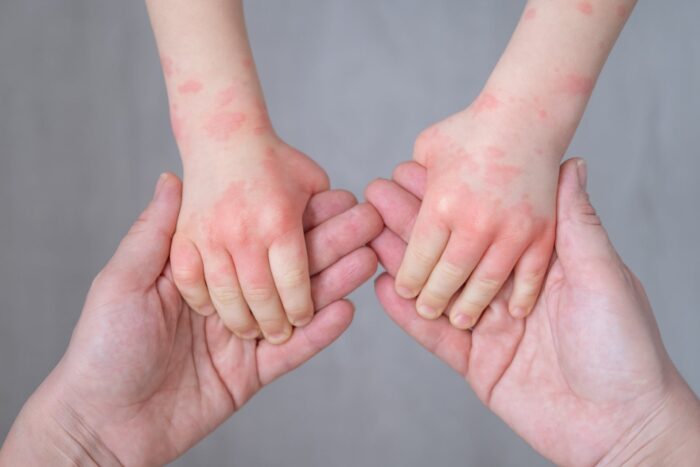
For someone with eczema, flare-ups can be likened to unexpected, turbulent storms in a sailor’s voyage. A variety of triggers, from seemingly innocuous food allergens to specific fabrics, can act as the storm’s precursor. The key lies in promptly recognizing these catalysts and subsequently eliminating or minimizing exposure to them. In the throes of a flare-up, modifying the skincare regimen becomes essential—this could mean ramping up moisturization or tweaking the use of topical meds, all with the aim to mollify the discomfort.
Systemic Treatments
There are instances when topical solutions might not suffice, leading one to explore systemic treatments. Administered orally, these medications, which span from antihistamines to potent immunosuppressants, target the very internal dynamics fueling eczema, aiming to quell the systemic inflammation. They’ve been a beacon of hope for many, providing substantial relief. However, like any potent medication, they come with their roster of side effects, underscoring the importance of prudent use.
Phototherapy
Among the myriad approaches to tackle eczema, phototherapy stands out with a certain luminescence. Utilizing controlled UV light exposure, this method is astutely designed to modulate immune responses, providing a potential leash on eczema’s fiery severity. The mechanism can be likened to controlled sunbathing. Yet, much like the sun’s rays, the therapeutic spectrum of UV exposure is bound by limits. Overstep these boundaries, and the risk of damage escalates. Hence, the significance of expert oversight cannot be overstated. Ensuring that phototherapy sessions are conducted under the meticulous supervision of healthcare professionals is vital for safe and effective outcomes.
Biologic Therapies
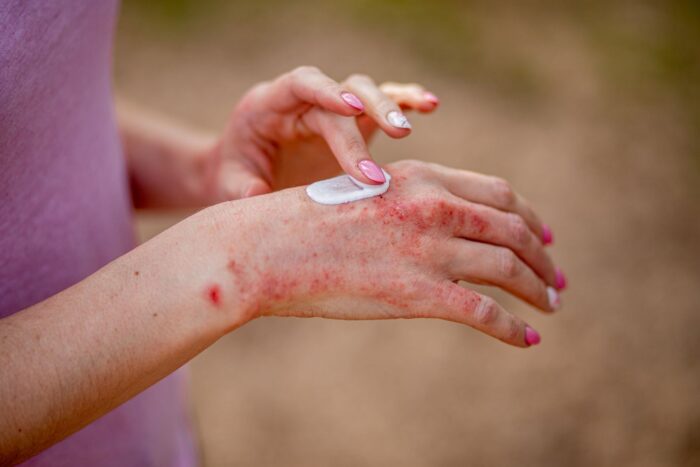
The vast landscape of eczema treatments is punctuated by the promising peaks of biologic therapies. These represent the zenith of modern medicine, being medications birthed from intricate processes involving living organisms. Their unique architecture is laser-focused, aimed at neutralizing specific immune pathways intricately linked with eczema. For those who have battled and braced against particularly intransigent forms of the condition, the emergence of biologics casts a ray of hope. This new class of treatment not only offers an alternative avenue but could potentially provide the relief that has remained elusive with traditional treatments.
Lifestyle Modifications
The fight against eczema isn’t solely anchored in pharmaceutical interventions. The profound impact of lifestyle tweaks plays an equally compelling role. Delving into dietary habits, it becomes essential to identify and excise potential food culprits that might fan the flames of eczema. Equally paramount is embracing techniques to pare down stress, a known exacerbating factor. Beyond these, it’s vital to be proactive—foreseeing and forestalling contact with established allergens ensures an added layer of defense. When these lifestyle adaptations intertwine seamlessly with medical treatments, they create a robust framework for holistic health and well-being.
Pediatric Eczema Treatment
Eczema’s encounter with the tender realm of children and infants demands an altered therapeutic strategy. Their skin, fragile as gossamer, combined with their evolving immune systems, necessitates a therapeutic balance that melds gentleness with potency. This intricate dance is not navigated in solitude. It calls for a symphony of expertise—a seamless synergy between vigilant caregivers, adept pediatricians, and dermatologists with a niche in pediatric care. Such a collective effort ensures the path charted is not only effective in combating the symptoms but also remains inherently safe for these young patients.
Continuous Care and Maintenance
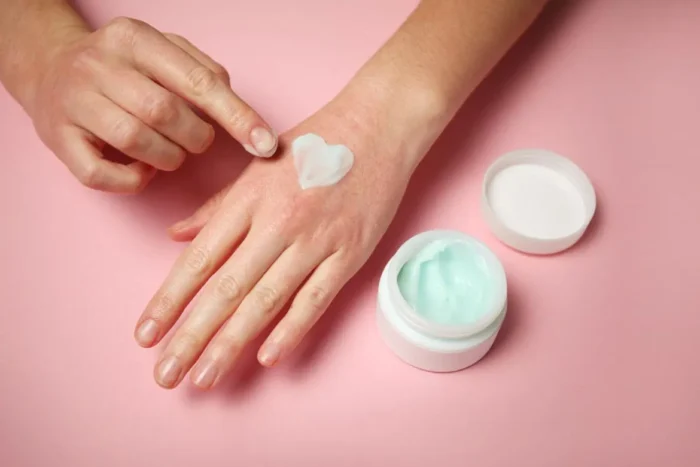
Living with eczema is a journey marked by oscillating phases—periods of tranquility disrupted by potential upheavals. It’s within these serene intervals that complacency can creep in, making it essential to remain vigilant. Enduring care, akin to a guardian sentinel, becomes indispensable. This involves crafting a foolproof skincare regimen—where diligent moisturization pairs with punctual medication applications, ensuring a resilient defense. Such a routine, fortified with dedication and consistency, provides a sturdy shield, guaranteeing that eczema remains in check, fostering long-term skin health.
Conclusion
The realm of eczema treatment is undeniably intricate. The condition’s multifarious triggers, manifestations, and treatments make its management a highly individualized endeavor. This blog has sought to chart this labyrinthine territory, and if there’s one takeaway, it’s this: partnership—with dermatologists and healthcare providers—is the compass every eczema patient needs to navigate their unique maze.

